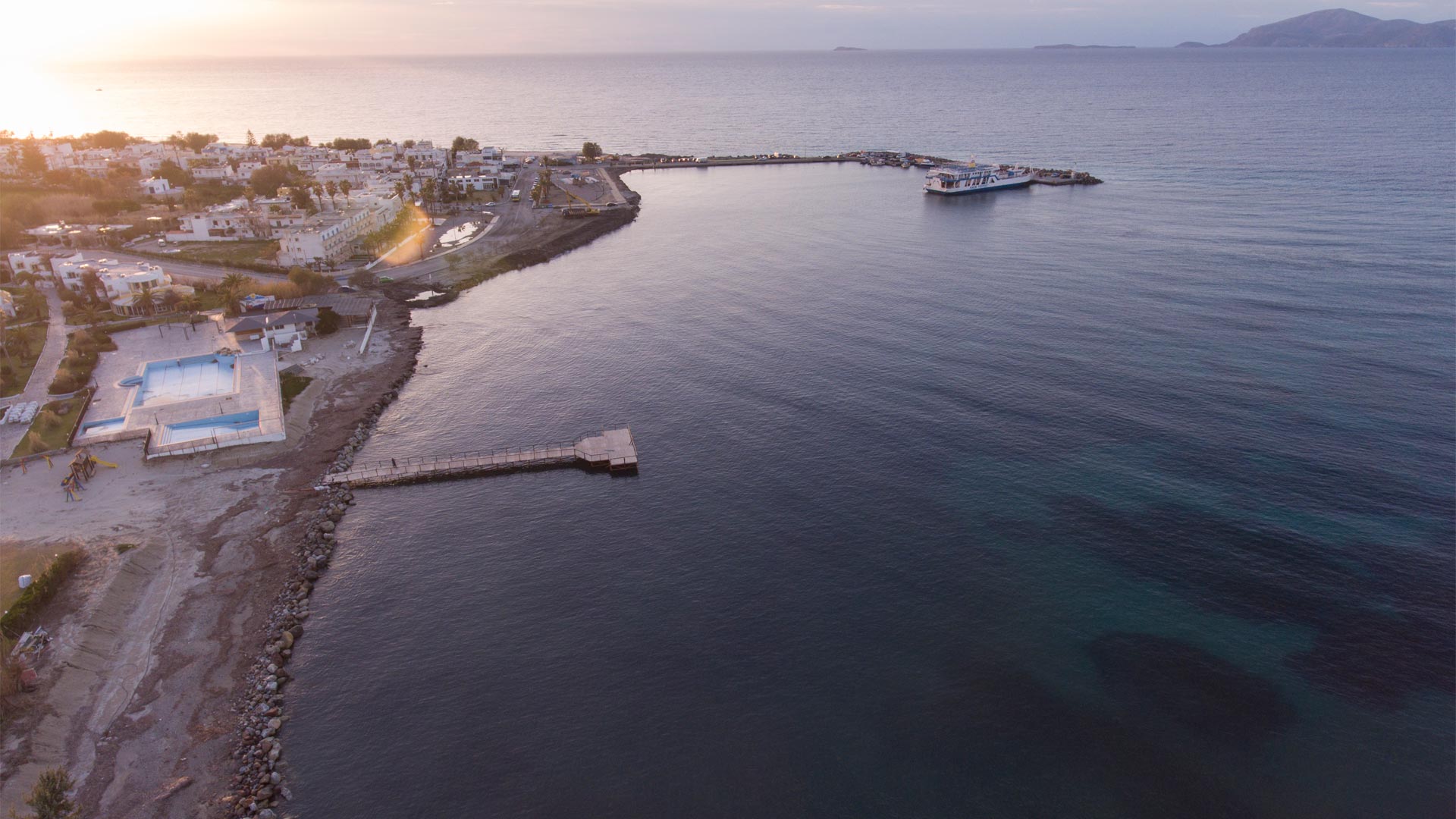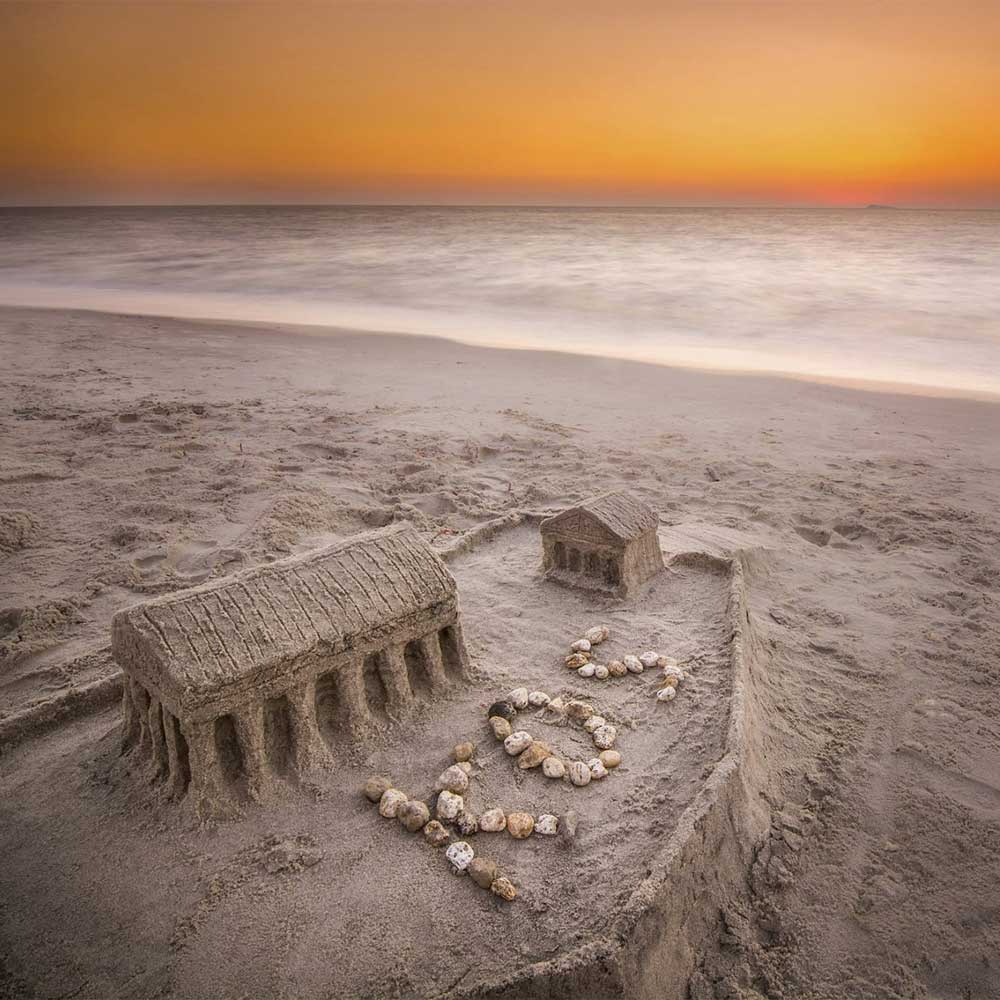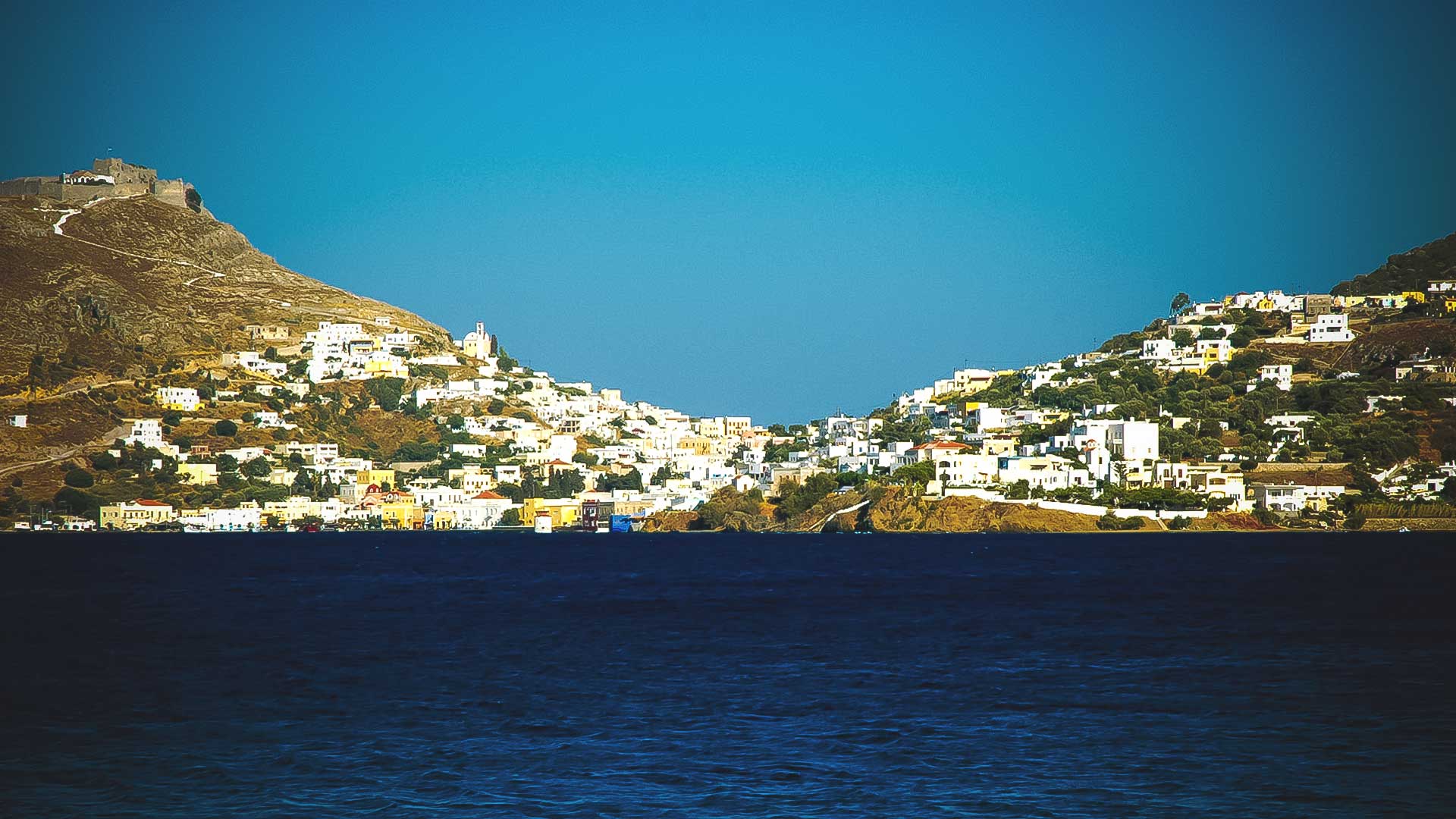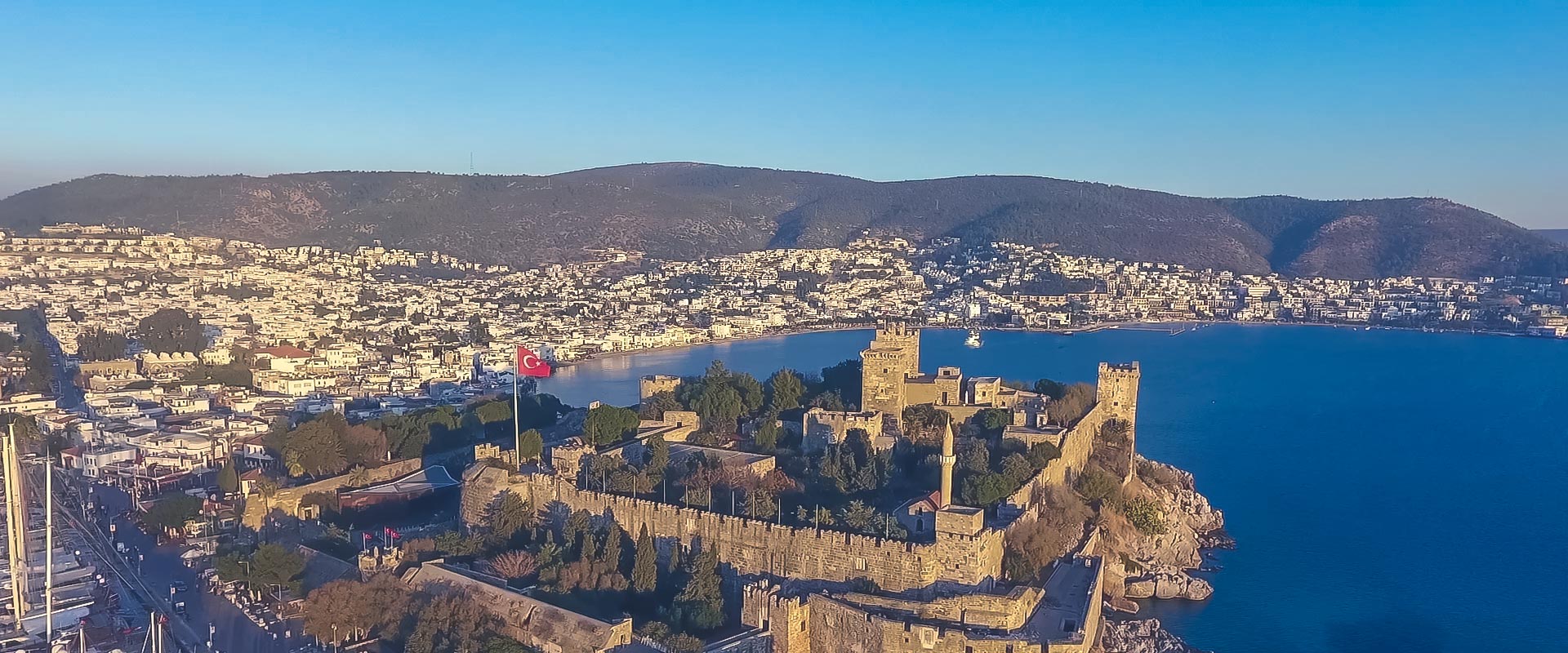What to see: the imposing churches, the Maritime Museum, the Archaeological Museum, the sponge factory, the Old Town with the paved narrow streets and the magnificent Telendos on the North-West side of the island.
What to eat: Galaktoboureko, thyme honey, fouskes, spinialo, mououri (lamb stuffed with rice in the oven), fylla (vineyard leaves stuffed with rice and minced meat), mermizeli salad, eftazymo bread.
Kalymnos known as the island of spongers, is located between Kos and Leros, in the southeastern Aegean and belongs to the Dodecanese islands. In the Municipality of Kalymnos belong the islands Pserimos, Telendos and Kalolimnos. The capital is Pothia where the majority of the population is gathered. Chora is the second largest village in population and the former capital of the island. Other villages of Kalymnos are Argos, Myrties, Masouri, Skalia, Vathys, Panormos, Emporios, Vlychadia, Lafasi, Vothynoi and the island of Telendos.
Sponge fishing has brought economic growth and the island has flourished, the effects of which are evident in the various neoclassical mansions in every corner. Even today, there are divers who dive and collect sponges from the bottom with the traditional method. The traditions that represent the arrival of the sponge boats, the moment of separation and the celebration of the successful return, are still preserved and celebrated on this beautiful island.
Approaching Pothia, its picturesque capital, nice houses with colorful windows welcome you, making a pleasant first impression on the visitor. Following the coastal road, one can visit the church of the Savior Christ. His temple is the work of the famous Tinian sculptor Giannoulis Halepas and was decorated with murals by local painters. Beautiful buildings and bare mountains complete the image of the island. The spongy, small tourist shops in the port emphasize the character of Kalymnos. Close to the town is the castle of Chrysoheria, built by knights of Rhodes on ancient, byzantine ruins, in the center of which is the church of Chrysocheria. Traces of the knights are also in Chora, through the walls of Pera Castro. Picturesque landscapes for walking, clear blue waters for diving and swimming and a warm hospitality, are some of the pleasures a visitor can enjoy. Kalymnos also offers climbing all over the year with unique routes and has been characterized as one of the best climbing destinations in the world. The population of the island is around 17.000 and the visitor can easily explore it, since the distances are not long.







